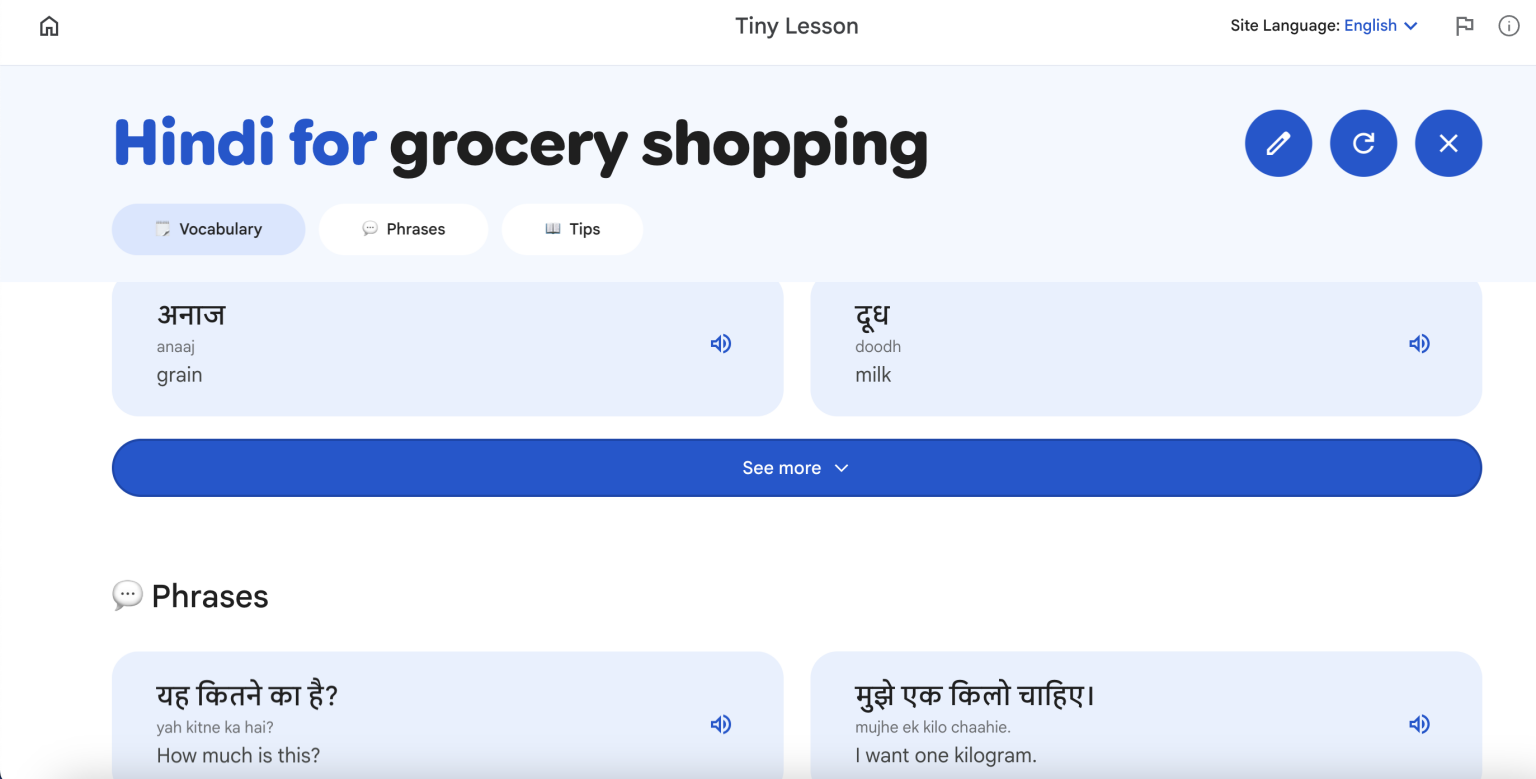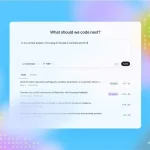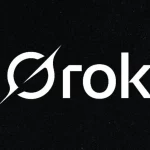April 29, 2025 – Google has launched a set of AI-powered language learning tools designed to help users study languages through personalized, practical lessons. Announced on April 29 and available through Google Labs, these experimental features leverage the Gemini model to offer tailored learning experiences, positioning Google as a potential competitor to established language apps like Duolingo. For users seeking effective ways to learn a new language, these tools provide a fresh approach to digital education that prioritizes flexibility and real-world application.
The new tools include three distinct features: Tiny Lesson, Slang Hang, and Word Cam. A TechCrunch article explained that Tiny Lesson enables users to request specific phrases for practical scenarios, such as asking for directions or ordering food in a foreign language, providing relevant vocabulary and grammar guidance. Slang Hang focuses on teaching informal expressions by simulating conversations between native speakers, helping users understand and use colloquial language. Word Cam, on the other hand, uses visual recognition technology to identify objects through a user’s camera, labeling them in the target language and offering related terms—for example, identifying a “table” as “mesa” in Spanish. These features make language learning more accessible and relevant for users in various contexts.
Google’s AI tools support over 20 languages, including Spanish, French, Japanese, Arabic, and regional variations like British English or Brazilian Portuguese, ensuring broad accessibility for learners worldwide. A CNET article noted that Google’s approach offers a direct challenge to Duolingo by emphasizing personalized learning experiences, which differ from Duolingo’s gamified, structured lessons. Although still experimental, Google has suggested potential future integration with its ecosystem, such as Google Translate, to make language practice a seamless part of users’ daily technology use.
Features and Benefits of Google’s AI Language Tools
Here’s an overview of the tools:
- Tiny Lesson: Request phrases for specific situations, such as asking for help or making a purchase.
- Slang Hang: Learn informal language through simulated native speaker conversations.
- Word Cam: Use your camera to identify objects and learn their names in your target language.
- Supported Languages: Over 20 languages with regional variations, catering to diverse learners.
These tools address a common need among language learners: the desire for practical, context-driven education. Unlike Duolingo, which relies on a gamified system with streaks and points to encourage daily practice, Google’s tools focus on real-world usability. For instance, a user traveling in Italy could use Tiny Lesson to learn how to ask for a train ticket in Italian, ensuring they’re prepared for the situation. Slang Hang helps users understand casual expressions, such as using “mate” in Australian English, which can make conversations feel more natural. Word Cam supports visual learners by connecting language to their surroundings, enhancing retention through context. This approach offers a flexible alternative for those who prefer learning at their own pace.
Google’s Gemini model powers these tools, utilizing its ability to process text, images, and context to deliver customized lessons. For example, Word Cam can analyze a user’s environment and provide vocabulary relevant to what they see, such as identifying a “dog” and teaching related words like “bark” in French. It was reported that this emphasis on personalization sets Google apart from Duolingo’s more standardized lessons, offering users a more tailored learning path. However, Google has cautioned that Slang Hang may occasionally misuse terms or generate incorrect phrases, recommending that users verify with reliable sources to ensure accuracy.
The launch of these tools could have a significant impact on the language-learning market. Duolingo, with over 116 million monthly active users in 2025, has long been the leading app in this space, thanks to its engaging, game-like format. Google’s entry introduces a new option that prioritizes flexibility and practicality, which may appeal to users who find Duolingo’s structure too rigid. This development aligns with a broader trend of AI enhancing education by offering personalized solutions, as seen with other tools like Talkpal. Google’s tools could encourage competitors to innovate further, potentially leading to improvements across the language education sector.
Google’s AI language learning tools provide a promising option for those looking to study a new language in a way that fits their lifestyle. By focusing on practical, personalized lessons, these tools offer an alternative to traditional apps, making language learning more accessible and relevant. As Google continues to refine these features, they could become a valuable resource for learners worldwide. Have you explored Google’s new language tools? What do you think of their approach compared to other apps? Share your feedback in the comments—we’d love to hear your thoughts on the future of language learning.







